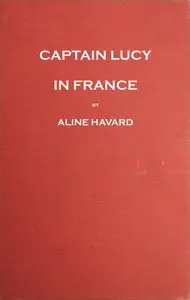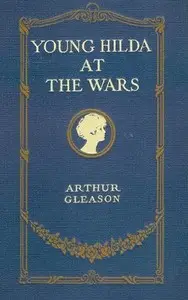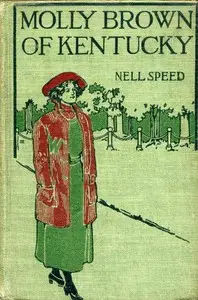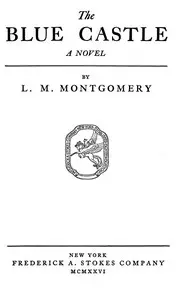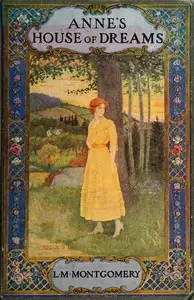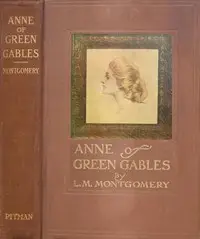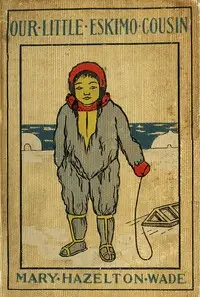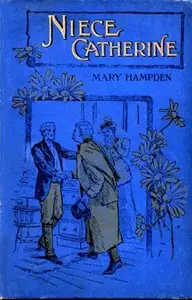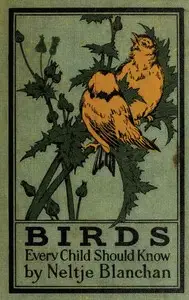"Rilla of Ingleside" by L. M. Montgomery is a story set in the early 1900s, about a young woman named Rilla Blythe, the youngest in her family, coming of age during World War I. Initially, Rilla is preoccupied with teenage life and social events at her family home, Ingleside, while dealing with feeling less accomplished than her older siblings. However, everything changes when the war begins, impacting her community. As people like her teacher and brothers get involved, Rilla struggles to balance her youth with the serious demands of wartime, leading her on a path filled with love, difficulty, and maturity.

Rilla of Ingleside
By L. M. (Lucy Maud) Montgomery
Amidst the chaos of war, a spirited young woman must confront growing up and discovering her place in a world forever changed.
Summary
About the AuthorLucy Maud Montgomery, published as L. M. Montgomery, was a Canadian author best known for a collection of novels, essays, short stories, and poetry beginning in 1908 with Anne of Green Gables. She published 20 novels as well as 530 short stories, 500 poems, and 30 essays. Anne of Green Gables was an immediate success; the title character, orphan Anne Shirley, made Montgomery famous in her lifetime and gave her an international following. Most of the novels were set on Prince Edward Islandand those locations within Canada's smallest province became a literary landmark and popular tourist site—namely Green Gables farm, the genesis of Prince Edward Island National Park.
Lucy Maud Montgomery, published as L. M. Montgomery, was a Canadian author best known for a collection of novels, essays, short stories, and poetry beginning in 1908 with Anne of Green Gables. She published 20 novels as well as 530 short stories, 500 poems, and 30 essays. Anne of Green Gables was an immediate success; the title character, orphan Anne Shirley, made Montgomery famous in her lifetime and gave her an international following. Most of the novels were set on Prince Edward Islandand those locations within Canada's smallest province became a literary landmark and popular tourist site—namely Green Gables farm, the genesis of Prince Edward Island National Park.

